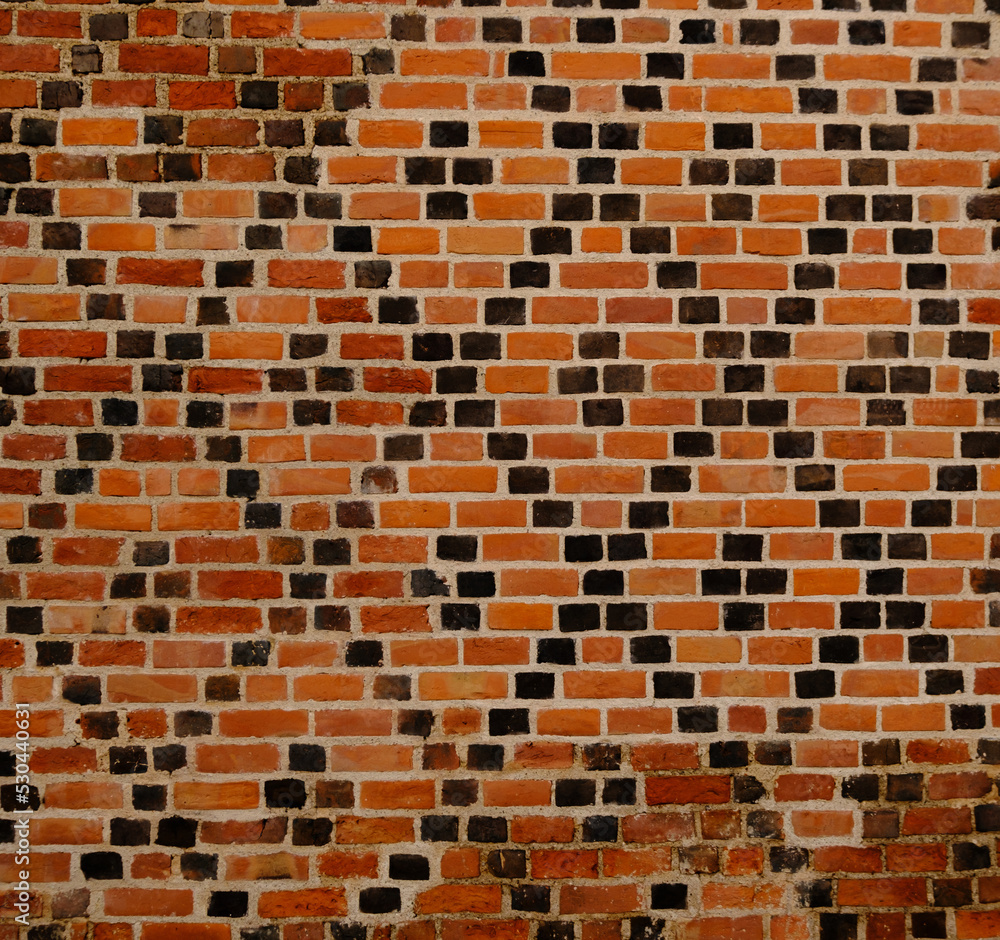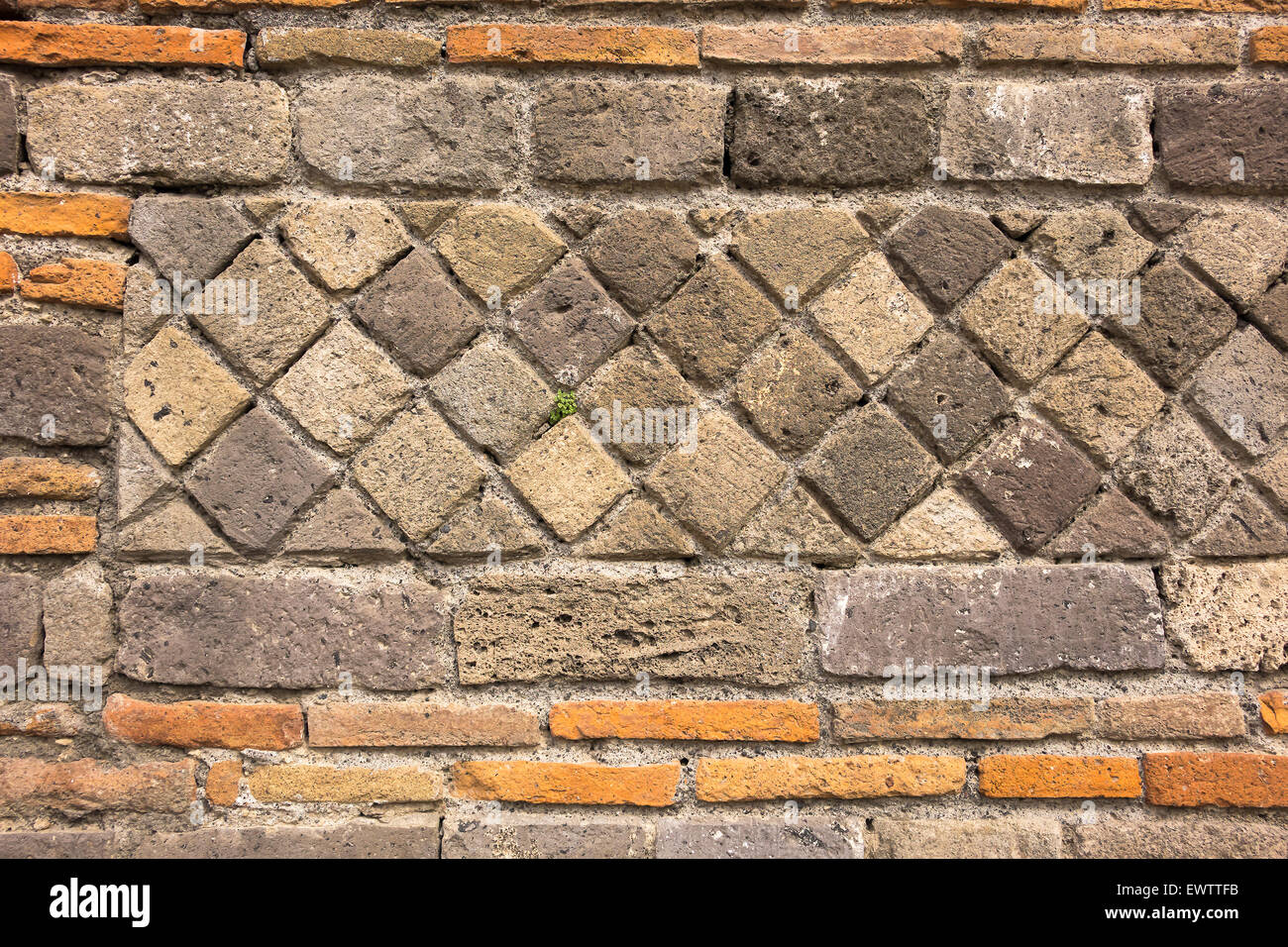Welcome to your ultimate resource for decorative brickwork patterns! Whether you’re considering a new patio, a charming walkway, or an elegant exterior wall, brickwork can add an artistic touch to your project.
Introduction to Decorative Brickwork Patterns
Having worked in the landscaping and home renovation industry for over a decade, I can personally vouch for the transformative power of decorative brickwork. Not only do different patterns enhance the aesthetic appeal of an area, but they also serve practical purposes, such as improving drainage and providing slip resistance.
Types of Decorative Brickwork Patterns
There are countless ways to lay bricks, and the choice of pattern can greatly impact the look and feel of your space. Below, we explore some of the most popular decorative brickwork patterns.
1. Running Bond Pattern
The running bond is one of the simplest and most common brick patterns. In this layout, each brick overlaps the one below it by half its length.
- Pros: Simple to install and highly versatile.
- Cons: Can appear plain without additional colors or textures.
2. Herringbone Pattern
Herringbone patterns create a zigzag effect and are known for their striking appearance. This pattern can be used in driveways, patios, and even interior spaces.
- Pros: Elegant and timeless design.
- Cons: Requires more skill to install than simpler patterns.
3. Basketweave Pattern
The basketweave pattern alternates between pairs of bricks laid horizontally and vertically, resembling a woven basket.
- Pros: Unique and dynamic appearance.
- Cons: Can be more complex to plan and install.
4. Stacked Bond Pattern
In the stacked bond pattern, bricks are laid directly on top of each other, creating a clean and modern look.
- Pros: Provides a contemporary feel.
- Cons: Less stable against shifting soil.
5. Flemish Bond Pattern
This intricate pattern alternates between headers and stretchers in each row, creating a textured and visually interesting surface.
- Pros: Highly decorative and historically significant.
- Cons: More challenging to install.
Choosing the Right Decorative Brickwork Pattern
When deciding on a brickwork pattern, consider the following factors:
- Purpose: What is the primary function of the area? A driveway may need a more robust pattern.
- Style: Consider your home’s architectural style and choose a pattern that complements it.
- Budget: Some patterns require more bricks and more intricate installation, impacting the overall cost.

Installation Tips for Decorative Brickwork Patterns
Proper installation is key to ensuring your decorative brickwork not only looks great but also stands the test of time. Here are some tips from my personal experience:
1. Plan Your Design
Before you start, sketch out your design on paper. This will help you visualize how the pattern will look and help in purchasing the right amount of materials.
2. Prepare Your Base
A solid foundation is crucial. Make sure your base is compact and leveled to prevent shifting or sinking.

3. Use Quality Materials
Investing in high-quality bricks may save you from issues in the future. Cheap bricks can crack or fade over time.
4. Follow the Pattern Carefully
Ensure that you are laying bricks according to the chosen pattern. A small mistake can lead to a big mess!
5. Finishing Touches
Once laid, add a jointing sand or grout between the bricks to hold them together and prevent weed growth.

Maintenance of Decorative Brickwork
Like any other feature in your home, brickwork patterns require care and maintenance to keep them looking their best:
1. Regular Cleaning
Use a power washer or a stiff brush to remove dirt and moss buildup. Be gentle to avoid damaging the bricks.
2. Check for Damage
Inspect your brickwork for any cracks or loose bricks. Prompt repairs can prevent more extensive damage down the line.

3. Reseal When Necessary
If you’ve used a sealant, reapply it every few years to protect your brickwork from moisture and staining.
Comparison Table of Popular Brickwork Patterns
| Pattern | Pros | Cons | Best Use |
|---|---|---|---|
| Running Bond | Simple, Versatile | Can appear plain | Walkways, Patios |
| Herringbone | Elegant, Timeless | Complex installation | Patios, Driveways |
| Basketweave | Unique, Dynamic | Complex planning | Walkways, Accent Areas |
| Stacked Bond | Modern, Clean | Less stable | Walls, Patios |
| Flemish Bond | Decorative, Historic | Challenging installation | High-end Exteriors |

Pros and Cons of Decorative Brickwork Patterns
Pros:
- Durability: Brick is incredibly strong and long-lasting.
- Variety: Numerous patterns and styles to choose from.
- Low Maintenance: Requires minimal upkeep compared to other materials.
- Eco-Friendly: Made from natural materials, bricks are a sustainable option.
Cons:
- Cost: Initial investment can be higher than some other materials.
- Installation Complexity: Some patterns are harder to install than others.
- Limited Colors: While there are many styles, color options may be limited compared to other materials.

When to Seek Professional Help
Even if you’re handy, some decorative brickwork patterns may be best tackled by professionals. Here’s when to consider hiring a contractor:
- If you’re working on a large area that requires precision.
- If the pattern is particularly intricate or non-standard.
- If you want to ensure a perfect finish without the risk of error.
Conclusion
Decorative brickwork patterns can elevate your outdoor and indoor spaces, adding character and style. With the right approach, planning, and maintenance, these patterns can last for decades. I hope this guide has inspired you to explore the beauty of brickwork patterns for your next project!

Frequently Asked Questions (FAQs)
What is the most popular brickwork pattern?
The running bond pattern is the most common due to its simplicity and versatility.
Can I install decorative brickwork myself?
Yes, if you’re handy and the design is not overly complicated! However, for intricate patterns, hiring a professional may be advisable.
How do I maintain my decorative brickwork?
Regular cleaning, checking for damage, and resealing when necessary are essential steps in maintaining your brickwork.
Are all brick patterns suitable for outdoor use?
Most brick patterns are suitable for outdoor use, but ensure you choose weather-resistant bricks for driveways or patios.
What is the average cost of decorative brickwork installation?
Costs can vary widely based on the complexity of the pattern, materials used, and local labor rates. Generally, you may expect to pay between $10 and $30 per square foot.